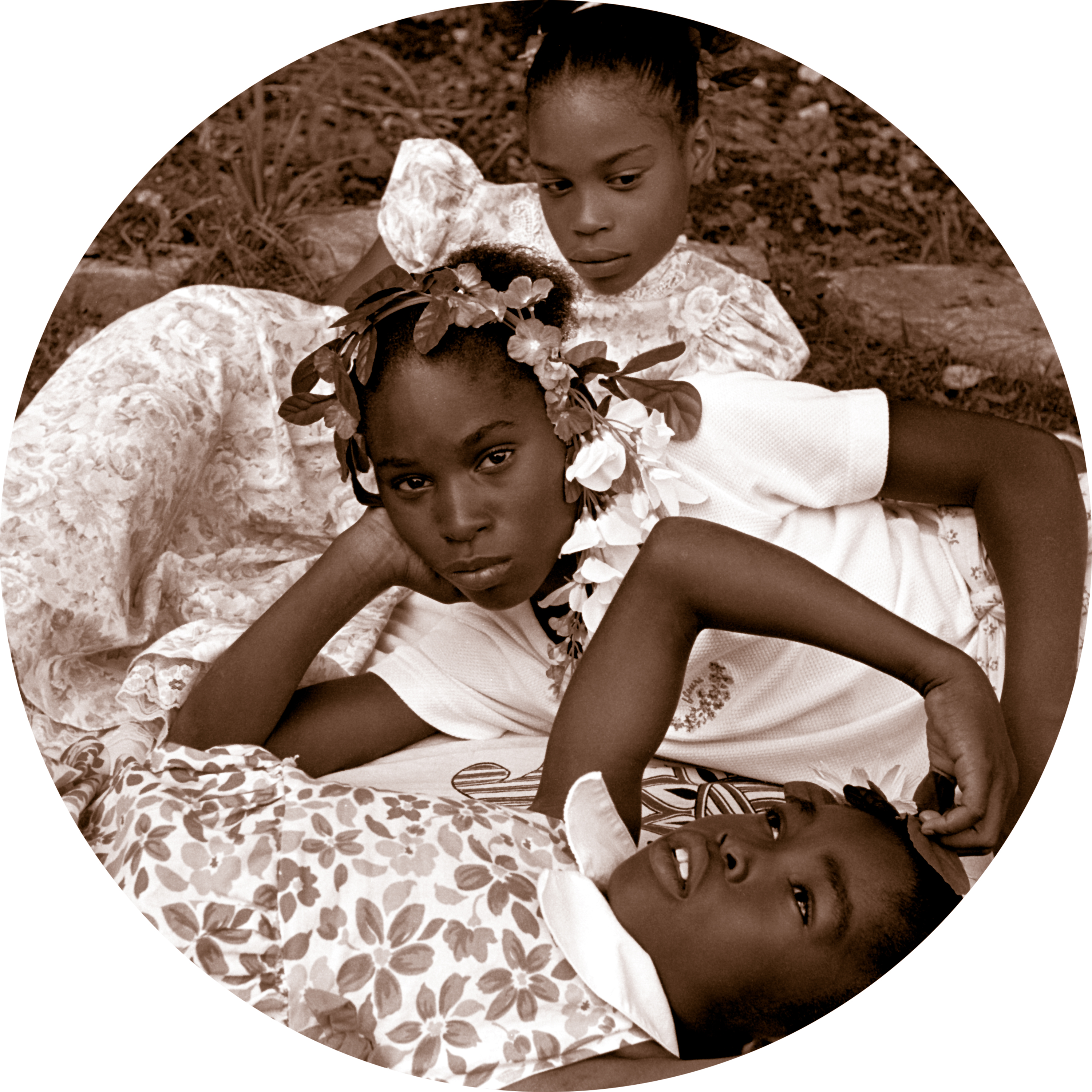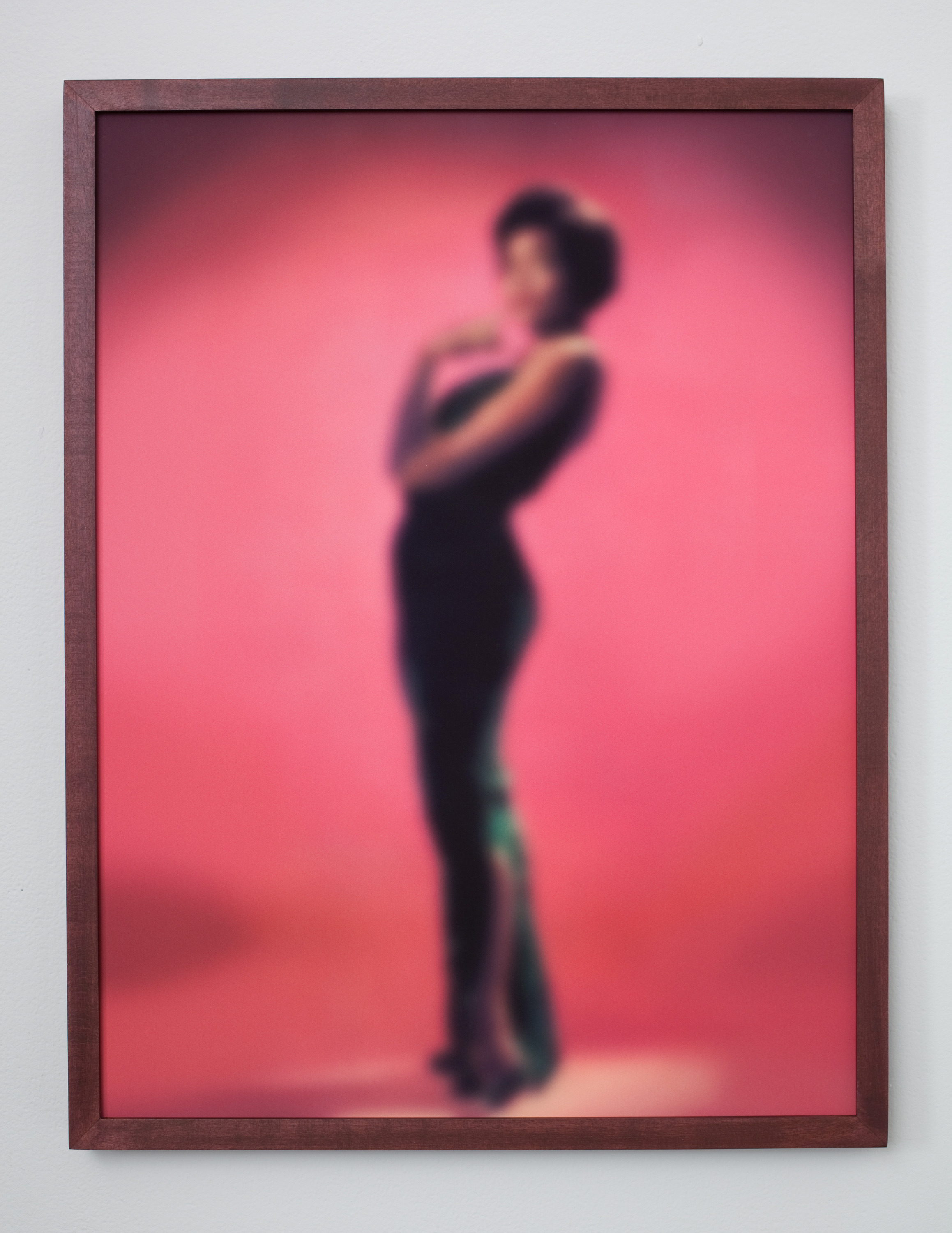
This summer, she will receive a National Artist Award from the Anderson Ranch Arts Center in Aspen. “I’m a lucky girl,” Weems says. “There is nothing like being recognized by your colleagues and people in the field, especially considering the great landscape of artists we have.”
The prizes don’t change the way she thinks about her work, although “reputation affords you the opportunity to present the work consistently, which is one thing many artists lack.” She likes working with other artists and uses her influence to create a platform. “You see it in the way she conducts her life,” says Jack Shainman, her gallerist since 2008, who will be mounting an exhibition in October of mostly new work. “She’s always engaged in projects that involve other voices besides her own. So many young artists tell me that, if not for Carrie, they wouldn’t be an artist—she’s a role model.”
At the core of her art is a “deep interest in having engaged conversations around the meaning of our lives and times with a larger public, in achieving a complex dialogue,” Weems says. “There resides in me a very intense drive to respond creatively to the world around me and to ask some of the difficult questions that lead me through the course of my life and which clarify the path for me, as an individual and as a women.”

What really excites Weems is to see her work in context, she says: “It doesn’t exist in a vacuum. It’s part of the larger world of art and culture.” Her work and that of other African-American artists is now the mainstream, no longer a sideshow. It is exhibited, discussed and sought after by a world that would previously have shunned it: “We are the first significant generation to create a substantial shift in the way contemporary art practice is understood,” she says. “It occurred to me recently that I am amongst a group of artists who have reimagined and repositioned new possibilities within contemporary art practice. Artists like Mark Bradford, Theaster Gates, Kehinde Wiley, Mickalene Thomas, Lorna Simpson, have broken new ground in artmaking—this is phenomenal. We are a generation of artistic inventors.
“It’s all about the time and place of your historic moment, and we’ve come along at a time when things are cracking open so we’re responding to this shift economically, politically and culturally,” she continues. “This isn’t just about black creative expression or artistic production. It has profound implications and is a major contribution to art and history.
“I am thrilled to be part of a movement in this country—which will be a majority-minority country by the year 2020,” she says. “It has great significance for the way culture is understood, and the work museums and galleries will have to show.”












 in your life?
in your life?

